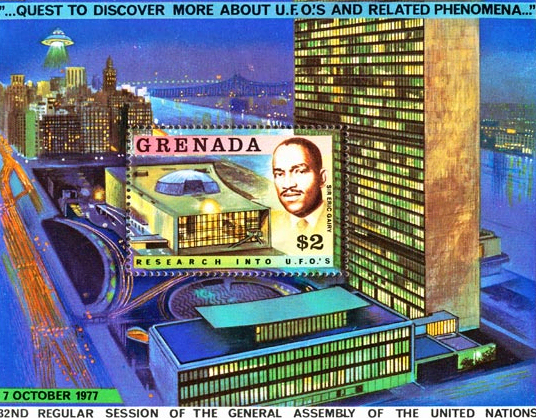
Summary
In the late 1970s, Sir Eric Gairy, the Prime Minister of Grenada, led an effort to enlist the United Nations into a UAP inquiry. This effort culminated in a November 1978 presentation to a U.N. special committee by Gairy and several prominent UAP researchers to propose a UAP investigation and information agency within the U.N.. Gairy, under pressure from the U.S. and U.K., soon downgraded his proposal and months later, as a revolutionary coup toppled his regime in Grenada, he lost his chance to further advocate for UAP inquiry at the U.N..
Acapulco debut
Gairy became widely known to UAP researchers at the First International Congress on the UFO Phenomenon held in Acapulco, Mexico, in April 1977. Gairy, who was one of the Congress’ speakers and the only head of state present, delivered a speech that put forth his vision of the universe, one that incorporated UAP, divinity and psychic phenomena.
For Gairy, UAP were extraterrestrial spacecraft. More importantly, they were, like humans, manifestations of a divine, loving and all-encompassing intelligence. In this way, Gairy argued, UAP inquiry was exploration of God’s divine plan.
“I have come to believe,” Gairy told the congress, “that man is surrounded everywhere by superior forces of which he himself forms a part.
UAP, Gairy said, as “space vehicles used by highly intelligent aliens of extraterrestrial origin,” may come with “hostile intent, although we hope not,” or perhaps, he said, ”to share with us their universal intelligence and so bring us in closer oneness with the brotherhood of man and the universe of the divine spirit.”¹
Gairy told the congress that he would use his position as Grenada’s head of state to ask the U.N., as he had in years prior, to create an international agency to coordinate UAP investigation and research and to disseminate findings.
Such an agency, Gairy said, would not be an exercise in mere data collection, but a grand scale effort for humanity to align itself with God’s cosmic intelligence.
The Acapulco congress concluded with a resolution signed by the full panel speakers — which included astronomer Dr. J. Allen Hynek, head of the Center of UFO Studies (CUFOS) and former UAP consultant to the United States Air Force, the best-selling Swiss author Eric Von Däniken, an early proponent of the “ancient astronaut” theory, Reverend Salvador Freixedo, a former-Jesuit priest who saw UAP as a manifestation of the collective unconscious, and astronomer and data scientist Dr. Jacques Vallee — to support Prime Minister Gairy in his declared intention to enlist the powers of the U.N. in getting to the bottom of the phenomenon.
Gairy, who had become Prime Minister of Grenada in 1974, had already leveraged his position to call on the U.N. to coordinate international UAP and psychic research in 1975 and 1976. To Gairy, gathering support from the Acapulco congress for a renewed effort was another step in fulfilling God’s plan for him, Grenada, humankind and the universe.
Gairy’s rise to power
Eric Matthew Gairy was born in Grenada in 1922 to a working class, Roman Catholic family.² As a young man, after briefly working as a teacher, he traveled to Aruba to work in the oilfields. He returned at the age of 27 and threw himself into Grenada’s growing labor movement, founding the Mental and Manual Workers Union.
Gairy rose to prominence by leading a general strike in 1951, an event that heralded Grenada’s “sky-red days,” a period so called for the building and plantation fires that accompanied the labor clashes. In the midst of the conflict, Gairy founded the Grenada United Labor Party, or GULP, and won a position on the island’s Legislative Council, a governing body that existed under British colonial rule. Meanwhile, Gairy reportedly cultivated a band of enforcers nicknamed the “Mongoose Gang” to carry out sabotage and intimidation on his orders.
To quell the unrest, British marines landed in 1952 and briefly jailed Gairy, a move that solidified his reputation as a freedom fighter. In 1961, he was elected Chief Minister and was appointed as Minister of Finance, but in the following year was ejected from both positions under charges that he had misappropriated public money in a scandal known as “Squandermania.”
In 1967, however, Gairy won the Premiership of Grenada, the island’s highest elected office, a feat that he repeated in 1972. Meanwhile, Gairy’s reputation for coercion and corruption grew; the Mongoose Gang had become a paramilitary unit and Gairy’s personal wealth increased dramatically, allegedly through Gairy’s leveraging his office to become a silent partner in restaurant, hotel and land deals throughout the island.
In March 1973, leftist opposition to Gairy led by the New Joint Endeavor for Welfare, Education and Liberation, or New “Jewel” Movement, clashed in the street with government forces. Telephone and electric service went down, unemployment reached a reported 50 percent, and unlike the “red-sky days” of the 1950s, the U.K. did not intervene.
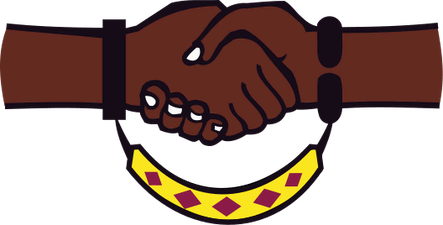
In February 1974, Grenada declared independence from the British empire. Gairy had retained power throughout the unrest and was now Prime Minister.
Maurice Bishop, a British-trained lawyer and leader within the New Jewel Movement, warned of “massive bloodshed” under Gairy, calling him “the jackal,” according to a dispatch from Time magazine.
“I think he is certifiably mad," Bishop said.
“My opponents can't beat me,” Gairy said to Time. “They are based on negativity. I am positivity.”
Gairy told Time that his rule was part of a divine plan revealed years ago by a fortune teller³ who allegedly told him that a "little man shall come from the East" to lead Grenada.
As Time noted, Gairy was born in eastern shore of Grenada and was five feet, seven inches tall.
"Yes, I am that man,” Time quoted Gairy as saying. “It was all arranged long before I was born, my role in all this."
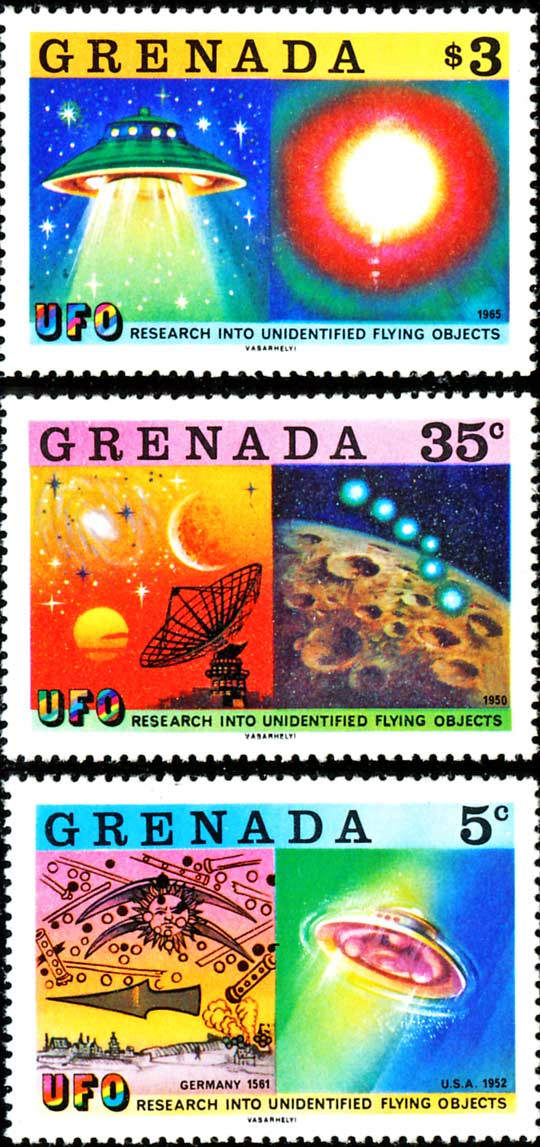
1977: penultimate effort
In a letter dated July 14, 1977, a few months after the Acapulco congress, Gairy proposed to the U.N. General Assembly the establishment of its own UAP investigation and information agency. Over the next several months, the proposal would work its way through U.N. committees while Gairy built support.⁴
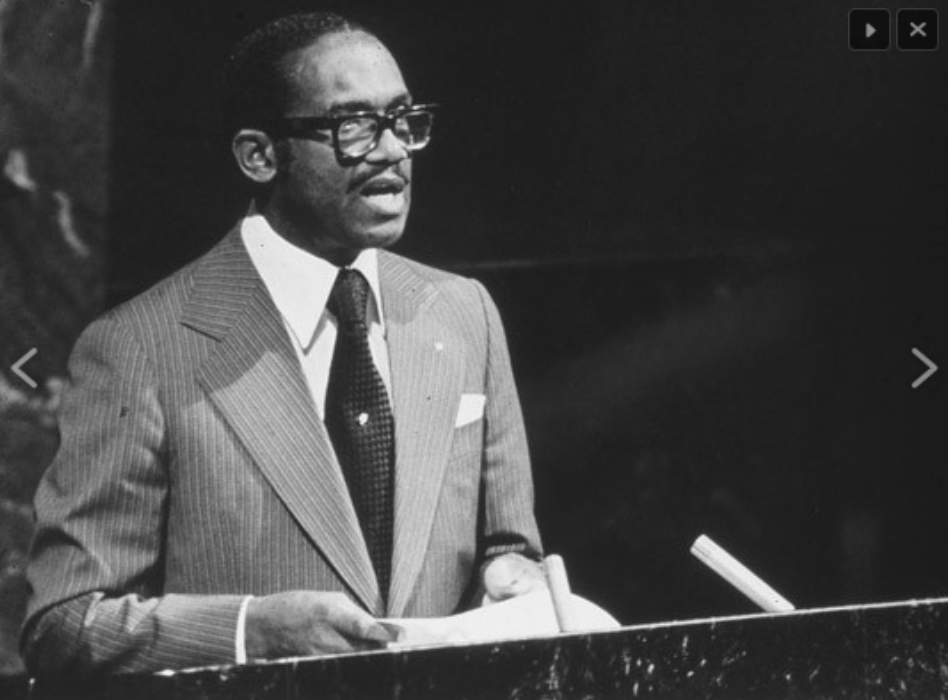
Meeting Carter
On September 9, 1977, Gairy met with U.S. President Jimmy Carter at the White House. After discussing regional treaties and the presence of Marxist rebels in Grenada, Gairy asked Carter whether he could count on the U.S. President’s support for his U.N. resolution for an international UAP investigative body, according to a memorandum of the conversation preserved by the U.S. Department of State.⁵
Gairy allegedly told Carter that he had not only seen a UAP, but that he had spoken with UAP entities.
“They are not bad people,” Gairy said, according to Frank Otriz, the U.S. Ambassador to Barbados and Grenada, who was present during the conversation.⁶
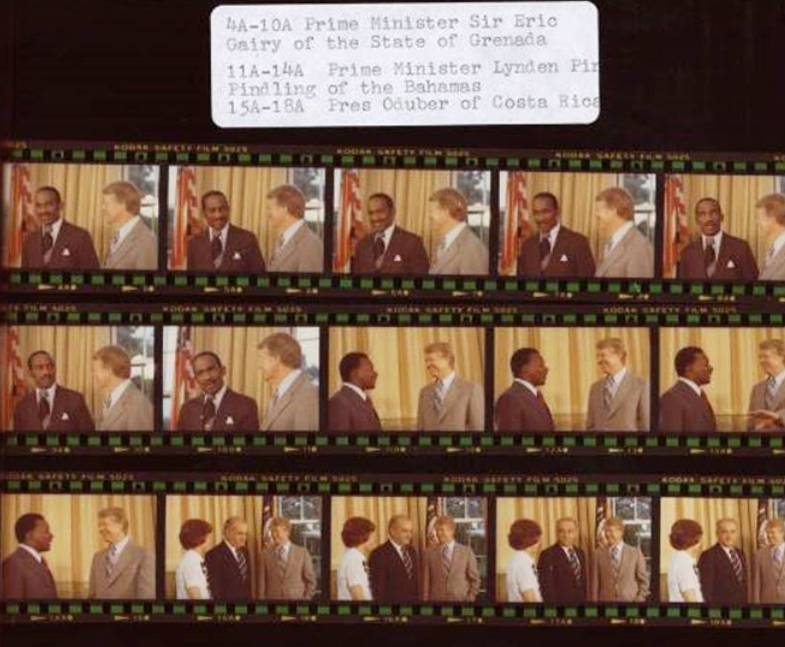
Carter responded that, as he had publicly stated, he once saw a UAP while driving at night in Georgia.
Secretary of State Cyrus Vance, also present at the meeting, added to the conversation that he recalled the U.S. Air Force had conducted a UAP study that concluded that five percent or so of the studied accounts remained unexplained, according to the memorandum.⁷
Carter asked Vance to get Gairy a copy of the study, and Gairy took the opportunity to reiterate his conviction that such investigations were needed on an international scale.
Gairy then segued into a discussion of God’s creation of other planets and asked Carter whether he would also support an international convocation of theologians to arrive upon a common consensus of God, according to the memorandum.
According to Ortiz, Gairy told Carter the God spoke directly to him, and Carter responded that his sister, Ruth Carter Stapleton, made the same claim. The conversation went into psychic matters.
“I couldn’t believe my ears,” Ortiz later said.⁸
At the United Nations
In the following month, Gairy was back in New York City at the U.N.. His proposal had moved to the Special Political Committee and would come up for discussion at three meetings between November 28 and December 6.⁹
Gairy declared once again in a speech to the General Assembly that he was a UAP witness.
“I have myself seen an unidentified flying object, and I have been overwhelmed by what I have seen,” Gairy said. According to the New York Times, Gairy’s declaration met with little reaction from the gathered diplomats. (TheTimes report heavily implies that U.N. delegates had become accustomed to Gairy’s addresses on topics ranging from UAP to the mysteries of the Bermuda Triangle and the importance of psychic research.)¹⁰
One-on-one, Gairy reportedly told his U.N. colleagues that “persons from outer space are studying us, or perhaps living among us.”¹¹
However, after the Special Political Committee meeting in November and December, Gairy said that he would not pursue a vote on the proposal. According to declassified U.S. State Department cables, the “Missoff,” meaning the U.S. Mission to the U.N., had convinced Gairy to “water[ ] down his attempt.”¹²
On December 13, the General Assembly adopted Gairy’s proposed UAP agency as recommendation. For 1977, Gairy’s UAP efforts had come to a close.
Before Gairy left the U.S. for home, Gairy met Lee Spiegel, a documentarian and UAP investigator. According to Spiegel’s account, he promised to help Gairy mount another effort at the U.N. in the following year. The two allegedly shook hands over the deal.
Spiegel got work organizing a video presentation of UAP evidence and bringing on board experts, such as J. Allen Hynek, and compelling UAP witnesses such as astronaut Gordon Cooper.¹³
According to Spiegel, famed film director Stephen Spielberg got wind of the upcoming U.N. effort. Spielberg had just released the massively successful contactee epic Close Encounters of the Third Kind, for which J. Allen Hynek and UAP expert and data scientist Jacques Vallee served as advisors. (Hynek also had a cameo in the film). Spiegel says that he, Vallee and Hynek visited Spielberg in Hollywood to discuss the U.N. effort and that Spielberg offered his help. According to Spiegel, Spielberg helped with graphics and information that made it into a film presentation Spiegel would share with the U.N. audience in 1978.¹⁴
1978: Year of the UFO
In early 1978, Gairy once again proposed a UAP agency at the U.N.. As in the previous year, the proposal moved to the Special Political Committee and was scheduled for discussion for later in the year.
This time, however, Gairy met with U.N. Secretary General Kurt Waldheim ahead of time. Gairy revealed that with the help of Spiegel and others, he had planned a powerful presentation featuring several prominent UAP experts.
July with Waldheim
The meeting with Waldheim occurred on July 14, 1978, and Gairy attended with (as pictured below, left to right) U.S. Air Force astronaut and UAP witness Colonel Gordon Cooper, astronomer and data scientist Dr. Jacques Vallee, astrophysicist Dr. Claude Poher, who led GEIPAN (Groupe d'Études et d'Informations sur les Phénomènes Aérospatiaux Non-identifiés) a UAP investigation body under the French government, J. Allen Hynek, Lee Speigel, and Dr. David Saunders, a psychologist at the University of Colorado and a principal investigator with the Condon Committee, a U.S. Government-funded UAP research effort that ran in the late 1960s.
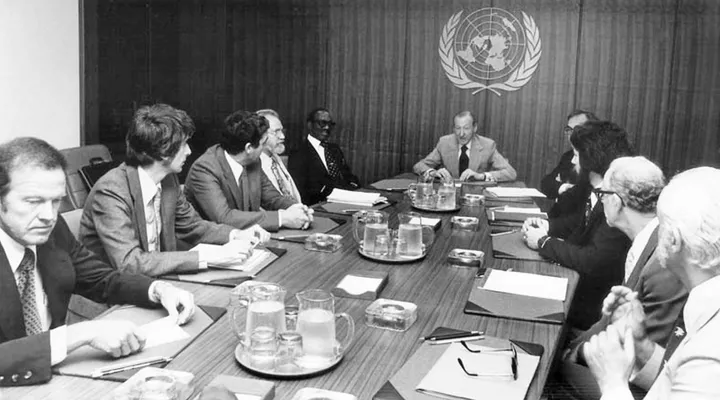
With some variation, much of the same group of experts appeared again at the U.N.’s Special Political Committee on November 27, 1978, to take part in a presentation of support for the proposed UAP agency.
The November presentation
Gathered in the Fourth Committee’s chambers, Gairy opened the presentation with his now well-worn call to action on UAP. In particular, he cited as an impetus the case of Fredrick Valentich, an Australian pilot who, one month earlier, had disappeared along with his Cessna light aircraft over the Bass Strait after radioing that he was being followed by a UAP.¹⁵
(According to Peter Robbins, a UAP enthusiast who was in the public audience, Gairy referred to Valentich while staring directly at the Australian delegation. The Australian representative, Robbins said, “glared back with straight-faced rage.”)¹⁶
Moving onto specifics, Gairy proposed for the agency to be headed by a three-member panel under the already established Committee for the Peaceful Use of Outer Space.
Gairy turned the through microphone over to Wellington Friday, Grenada’s Minister of Education, who then introduced the guest experts, cueing up Hynek to address the committee.
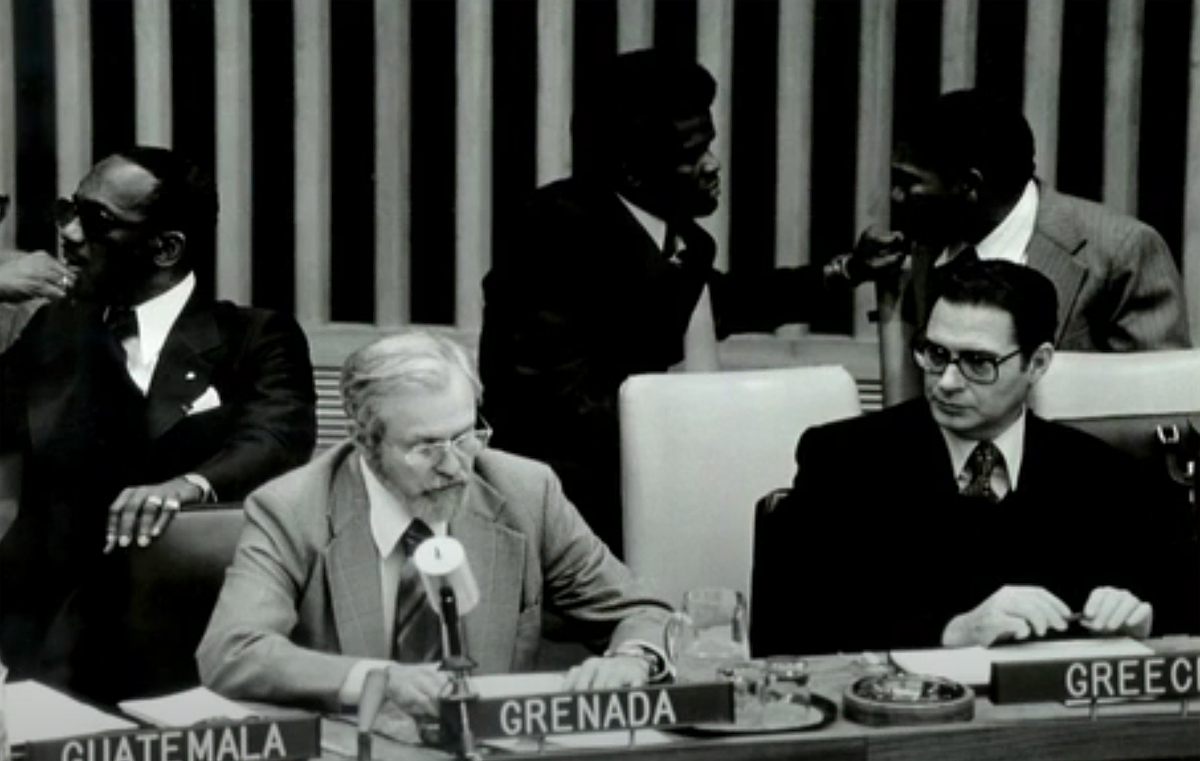
Hynek gave a brief survey of the evidence in support of serious UAP inquiry, including CUFOS’ own UFOCAT, a database of thousands of vetted sightings from over 130 countries. He also told diplomats of his own experience as an UAP skeptic who once saw the phenomenon as a ”mental aberration” and a “public nuisance,” but who, after years of debunking UAP reports on behalf of the USAF, was compelled by the overwhelming evidence that included radar readings, landing traces, and reliable eyewitness reports from pilots, astronomers and astronauts, to change course and study “this most outstanding challenge to current science.”¹⁷
Vallee, in his address to the committee, warned of the sociological impact of the phenomenon in the absence of scientific inquiry. Around the world, enormous numbers of people were developing a “social belief system” in the “expectation of space visitors,” Vallee said. So far, Vallee said, science had excused itself from the conversation, and so the belief was not only gaining hold without rigorous research and open, rational discourse, but was doing so at the expense of science’s claim to understanding reality.
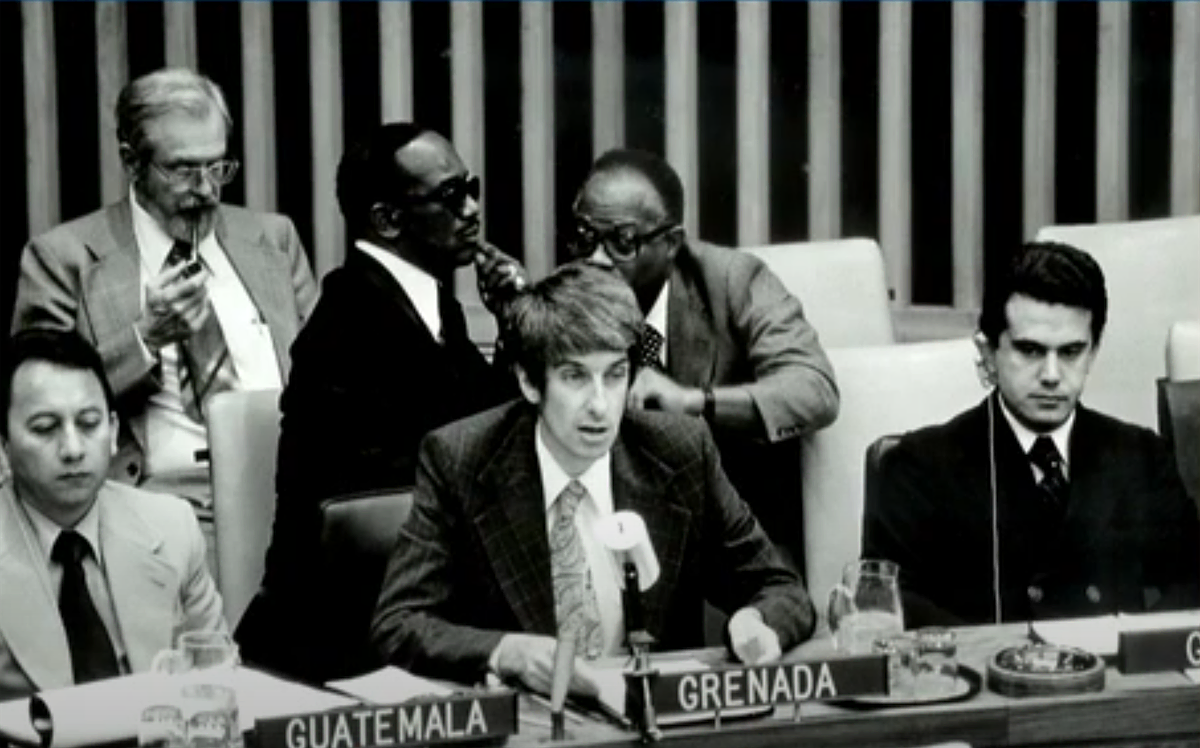
“Only an open exchange of information on this subject could now correct that dangerous trend,” Vallee said.¹⁸
Vallee kept a diary of impressions of the day and in it he said that the following presenter, U.S. Army Lieutenant Colonel Larry Coyne, appeared to have the greatest impact on the committee.¹⁹
In scrupulous, apparently unembellished terms, Coyne told of his personal experience with an alleged UAP.
According to Coyne, he was piloting an Army helicopter in central Ohio with a crew of four on October 18, 1973, when he spotted a red light in the night sky.
The light closed in on the helicopter, and despite Coyne attempts to wrest the helicopter away from the light’s path, he found himself on a collision course with the UAP.
Coyne attempted to radio the base, but the radio cut out. The helicopter, Coyne said, suddenly ascended.
The UAP, it seemed, was drawing them upward. The altimeter indicated 2,000 feet elevation, and then 3,800 feet, at which point an apparent collision shocked the helicopter and its crew.
The helicopter then descended and Coyne regained control as the UAP disappeared into the western sky.²⁰
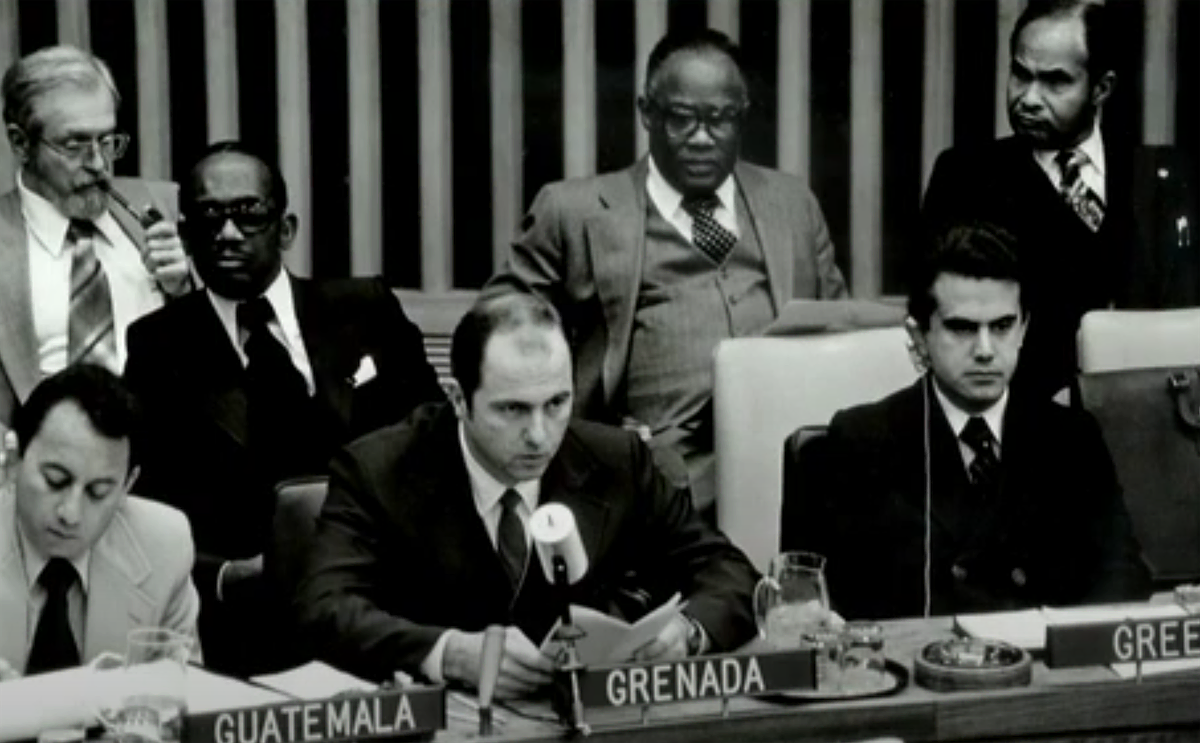
(Later, according to Vallee, a diplomat asked Coyne what went through his mind as the helicopter shot straight upwards. “Sir, I closed my eyes and prepared to die,” Coyne responded, according to Vallee.)²¹
Nuclear physicist Dr. Stanton Friedman also addressed the committee, as did Lee Spiegel, sharing a film with photographic evidence of UAP, during which the committee chamber “took the appearance of the inside of a spaceship, with the square windows of the interpreters high around the ceiling looking like portholes bathed in soft light,” Vallee recalled.²²
Neither Friedman’s nor Spiegel’s presentation was included in the verbatim record.
Afterward, Gairy, Wellington, Hynek, Vallee, Coyne, Friedman and Spiegel gave a press conference. According to both Spiegel and Vallee, Gairy dominated the microphone, telling reports that once saw an UAP as he was exiting a nightclub.²³

Behind the Scenes: U.S. and U.K.
According to series of declassified cables from the U.S. Government, the State Department took a dim view of Gairy’s “blitzkrieg sales pitch.”²⁴
The U.S. Mission Official to the U.N., or “Missoff”, advised the State Department that it would seek to mollify Gairy without “saddling the U.N. with the institution of the subject.”²⁵
According to Vallee’s account, a U.S. official at the U.N. approached Gairy and told him plainly that the expense of a UAP agency would jeopardize support for the U.N. in the U.S. Congress.²⁶
Similarly, U.K. foreign policy officials broadly agreed that a UAP agency would be an embarrassment and drain on the U.N., and the U.K. U.N. mission worked behind the scenes to deep-six Gairy’s proposal, according to separate analyses of declassified British government documents from the U.K. National Archives by the Enigma Labs, the BBC, The New York Times and journalist Antonio Huneeus, who also covered the November 1978 U.N. meeting.²⁷ An official “telex” from London, or example, instructed the U.K. mission to attempt to coordinate opposition with the “nine,” meaning the nine core states of the European Community, including Belgium, France, Italy, the Netherlands, and West Germany. As an alternative, the U.K. was considering a plan to control the selection of the proposed UAP agency’s experts.²⁸
However, the creation of the agency never came to a vote. The U.N. General Assembly adopted Gairy’s proposal as nothing more than invitation to “interested Member States” to share research on “extraterrestrial life, including unidentified flying objects, and to inform the Secretary General” and to join a discussion to be held by the Committee for the Peaceful Use of Outer Space at the 34th session of the General Assembly.²⁹
As something of a coda, Gairy called for 1978 to be designated the “Year of the UFO.”
Meanwhile, Gairy had concerns closer to home.
According to declassified U.S. State Department documents, Gairy was pressing international contacts to smuggle arms into Grenada in preparation for a crackdown on his domestic opponents, a plan the leaders of New Jewel Movement appear to have discovered.³⁰
Gairy deposed
On March 13, 1979, while Gairy was on another trip to New York, the New Jewel Movement overthrew his regime.
Three people died in the otherwise bloodless coup as a few dozen armed rebels seized a radio station, an airfield and military base and finally the government in the capital, St. George, according to a report from Time, which further said the coup was so quick and quiet that the roughly 1,000 tourists on the island, including passengers from a Soviet cruise ship, scarcely noticed the transfer of power.³¹
The New Jewel Movement installed Maurice Bishop as Prime Minister.
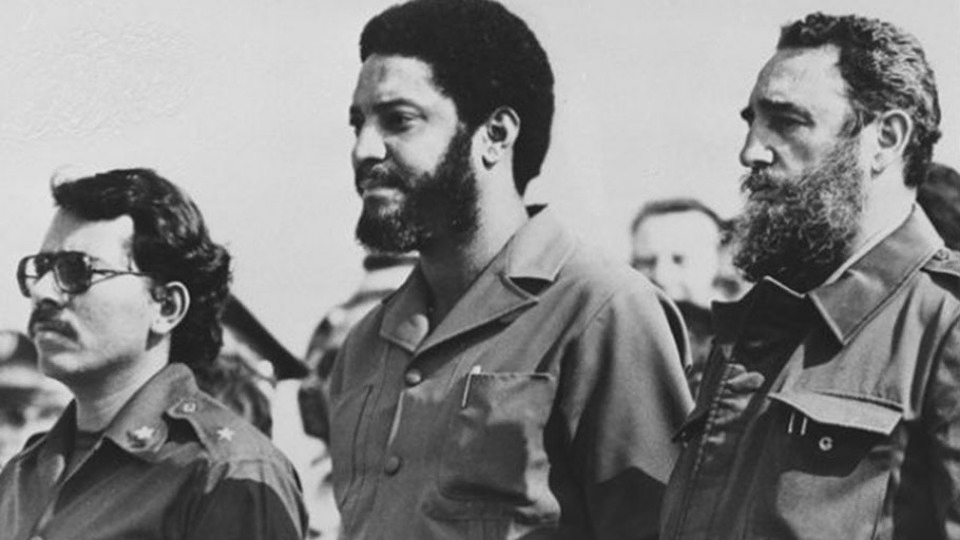
According to Time, the rebels discovered at Gairy’s residence evidence “[h]uge stacks of books and magazines on UFOs and other astral bodies” and items, including a donkey’s eyeball, that indicated that Gairy practiced “black magic.”³²
Gairy would spend the next few years attempting to raise a mercenary force to take back Grenada, according to declassified reports from the U.S. Federal Bureau of Investigation.³³ According to the FBI, Gairy met with “El Condor,” an anti-Castro paramilitary group in Miami,³⁴ he traveled to Tijuana, Mexico, San Diego and Atlanta to purchase machine guns, and allegedly consulted with a “Texas millionaire,” likely Ross Perot, who had successfully hired mercenaries to free American citizens from an Iranian prison.³⁵
From these years, another anecdote of Gairy’s interest in UAP emerges.
According to blog post by the purported psychic Wesley Bateman, Gairy contacted Bateman in 1979 to discuss matters psychic and extraterrestrial, and in the course of a day spent together in San Dego, Gairy, whom Bateman describes as “a man of exceptional intelligence and truthfulness,” allegedly shared the following story to account for his deep interest in UAP:³⁶
Gairy said that one night while attending to business in one of his restaurants, a fisherman sought him out. The fisherman brought him to the beach, Gairy said, and showed him dead body lying amid metal debris. The body was of a nearly eight-foot tall extraterrestrial, Gairy said. Gairy allegedly had the corpse taken away for analysis and safekeeping at Saint George’s University School of Medicine.³⁷
(Readers should note that Bateman’s account, which also discusses Gairy’s U.N. effort, is factually incorrect on a number of points).
In 1983, the Grenadan military overthrew the New Jewel government, Maurice Bishop was killed, and the U.S. invaded the island. Gairy returned and ran for office, repeatedly. He was unsuccessful.
Eric Gairy died in 1997.